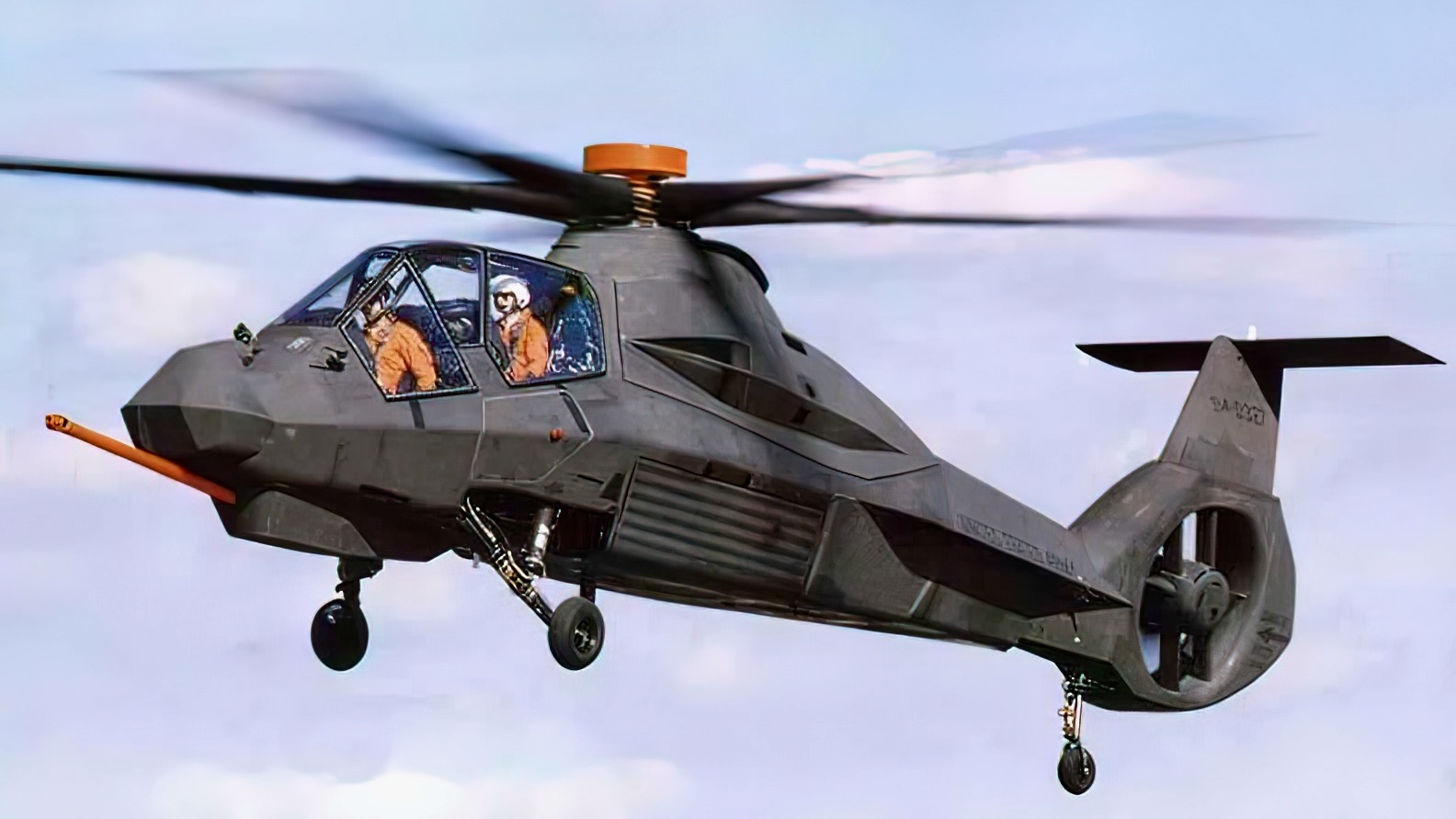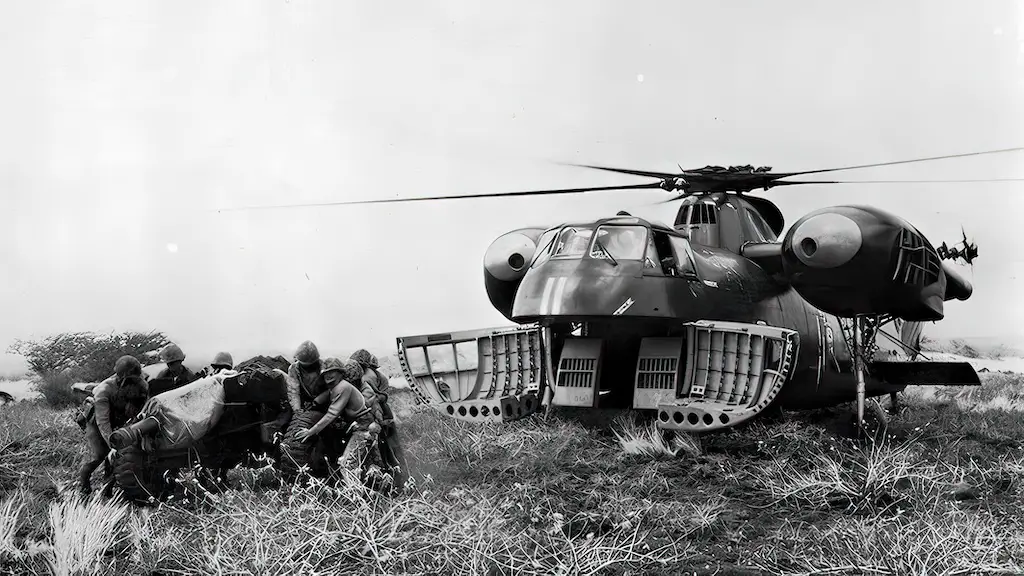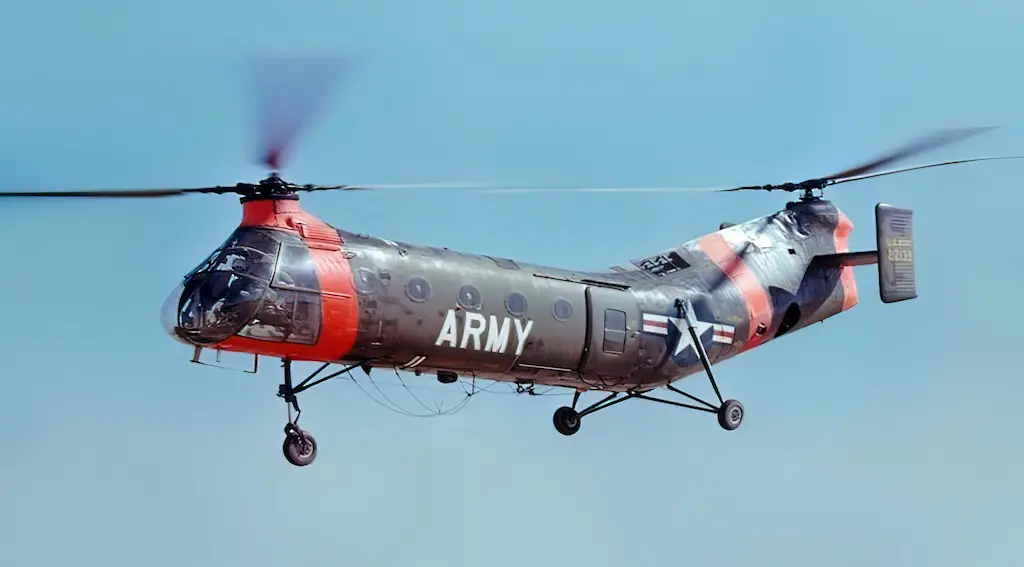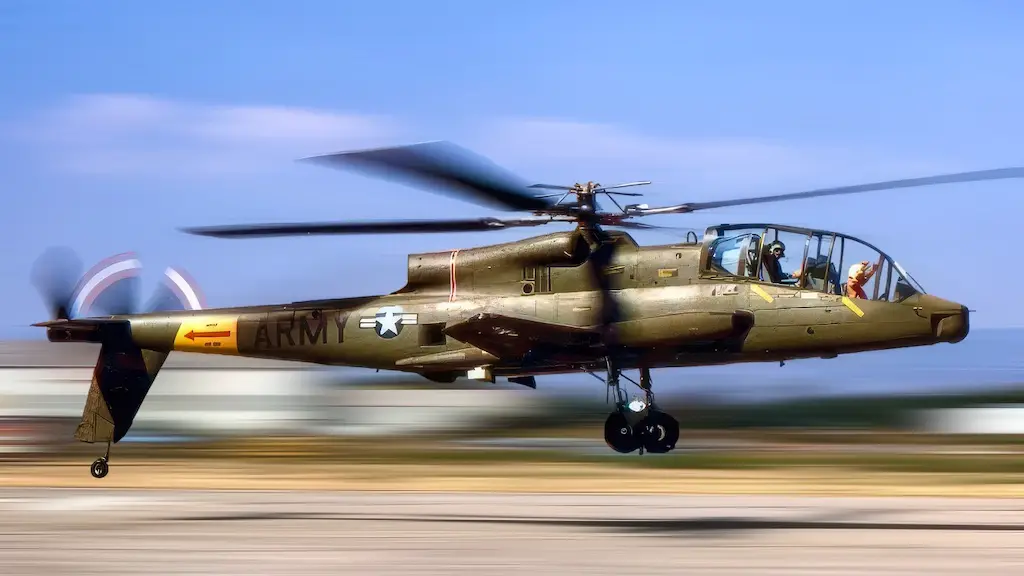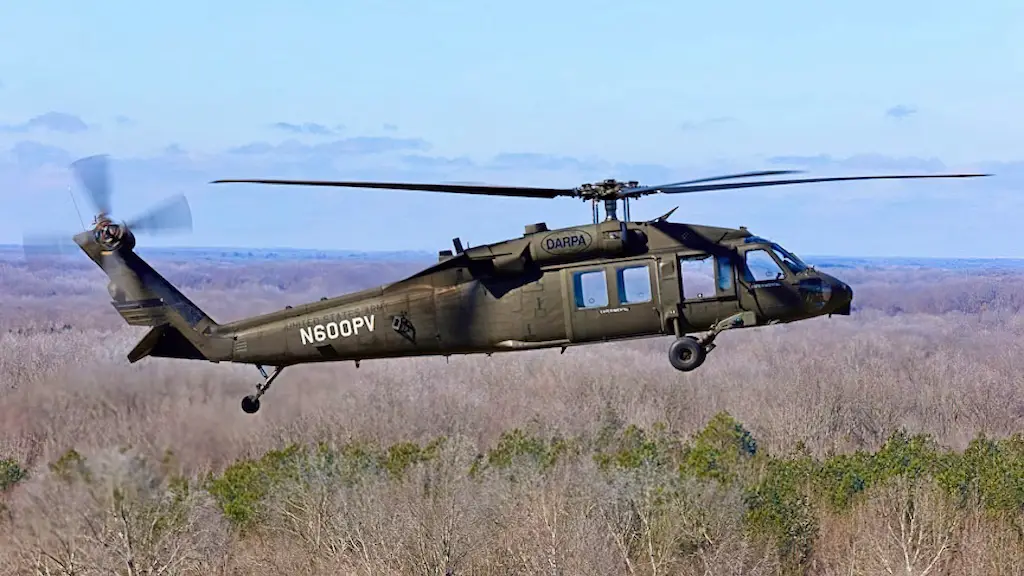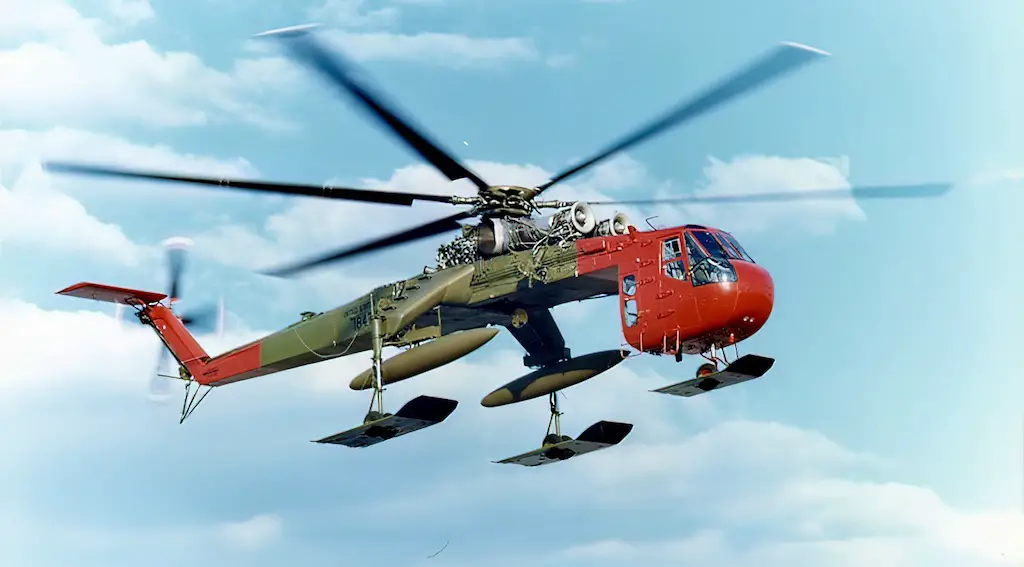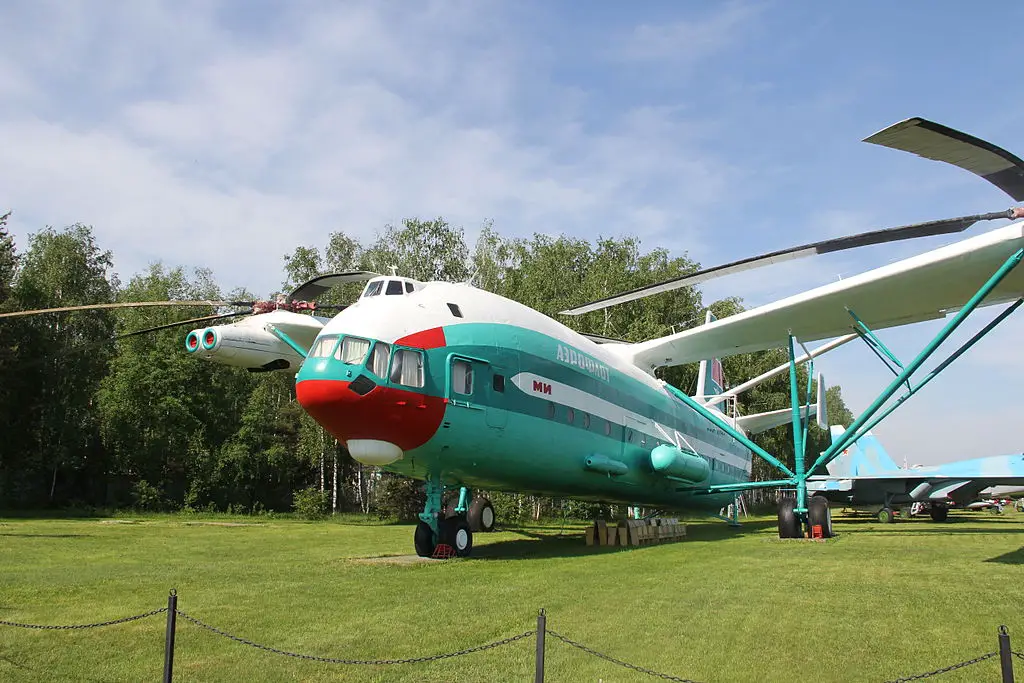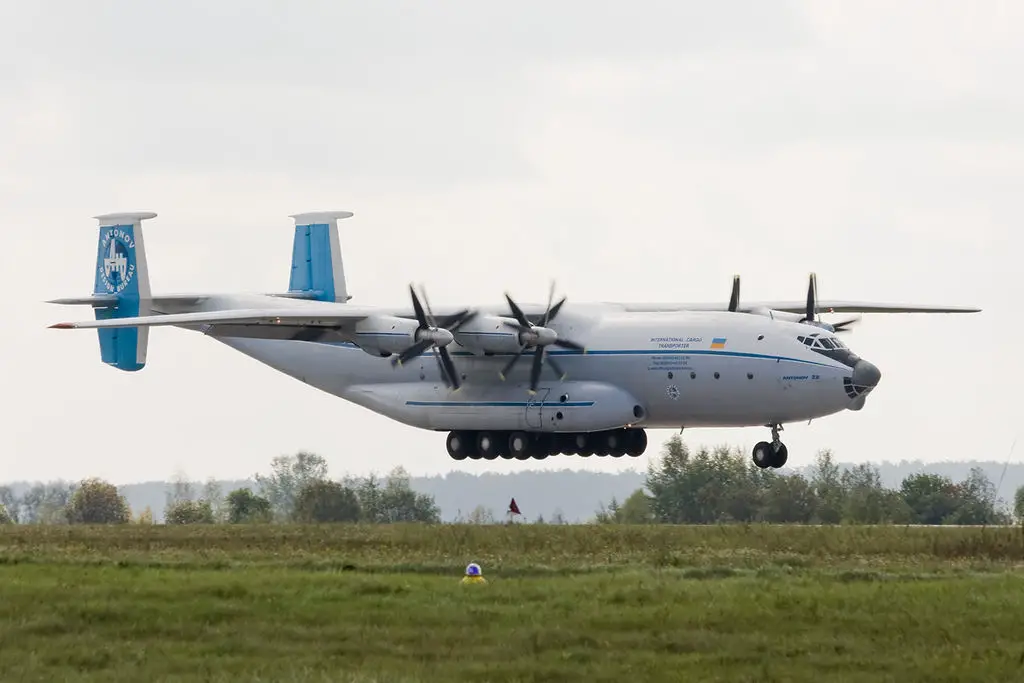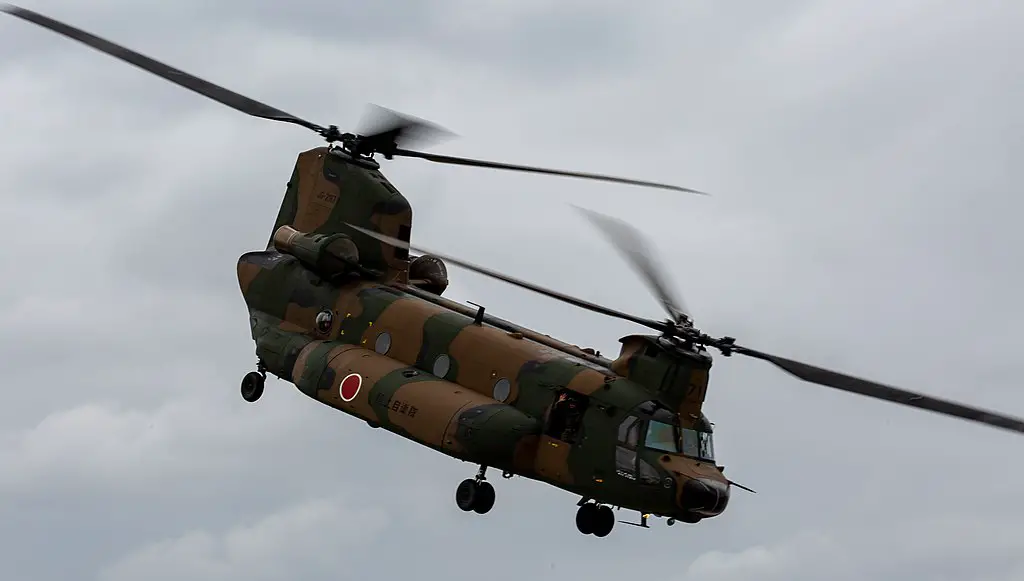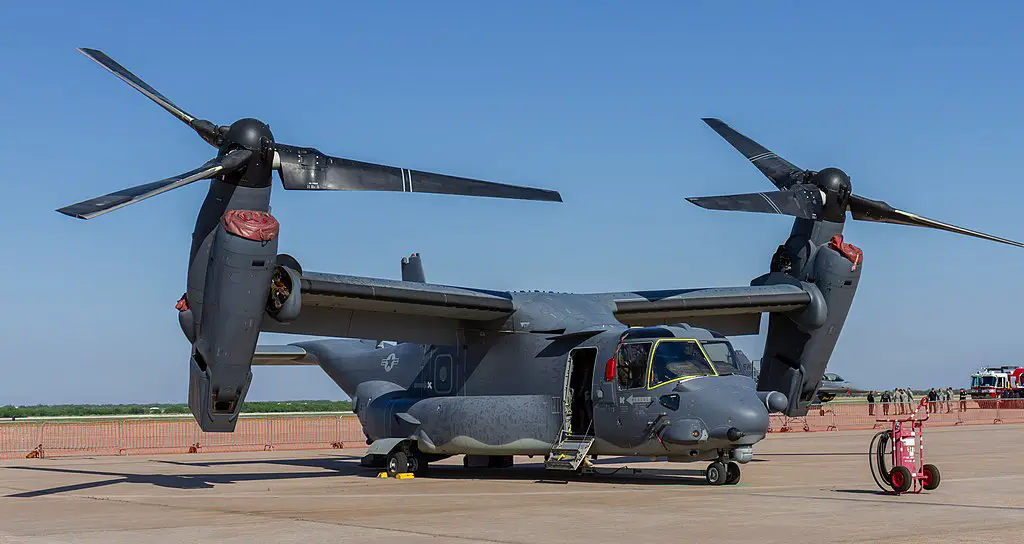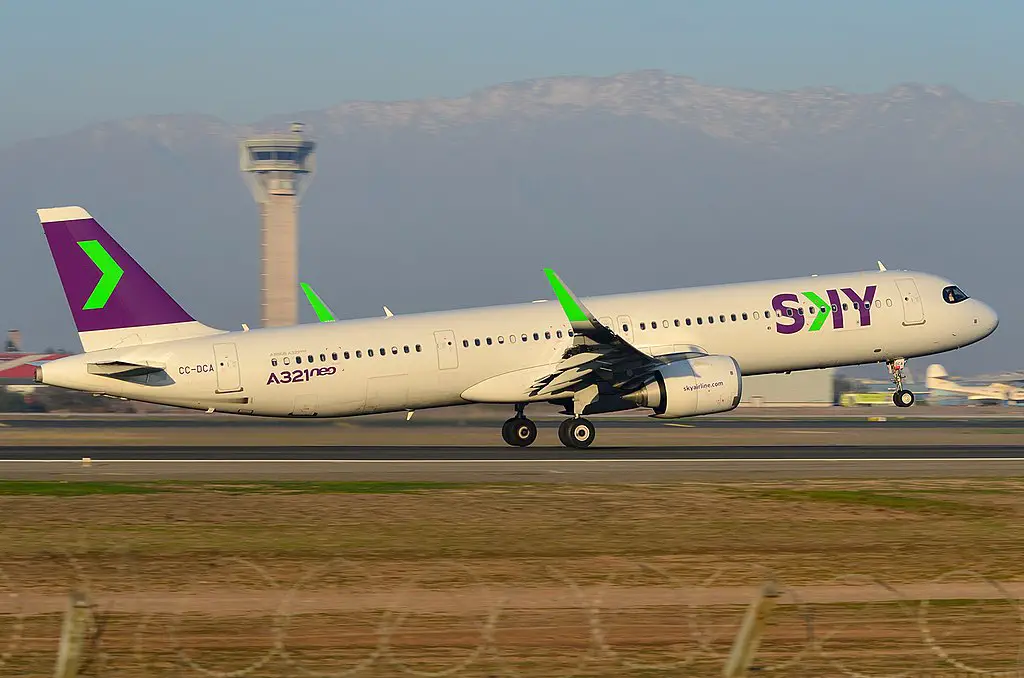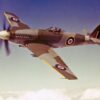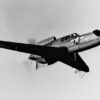Hell of a Copter
It’s amazing what people can make fly, especially when the cold war was in full swing. These were the days of crazy Soviet engineering, and a running theme was to make stuff bigger. One such relic of the time is the Mil V-12, a Helicopter so big it could transport train locomotives and airplanes (yes you read that right).
Yes, a helicopter can transport planes bigger than itself. It was primarily designed to move ICBMs around the USSR so that spy planes couldn’t successfully follow them. However, as technology advanced and missiles became smaller, trucks got the job done for much cheaper.
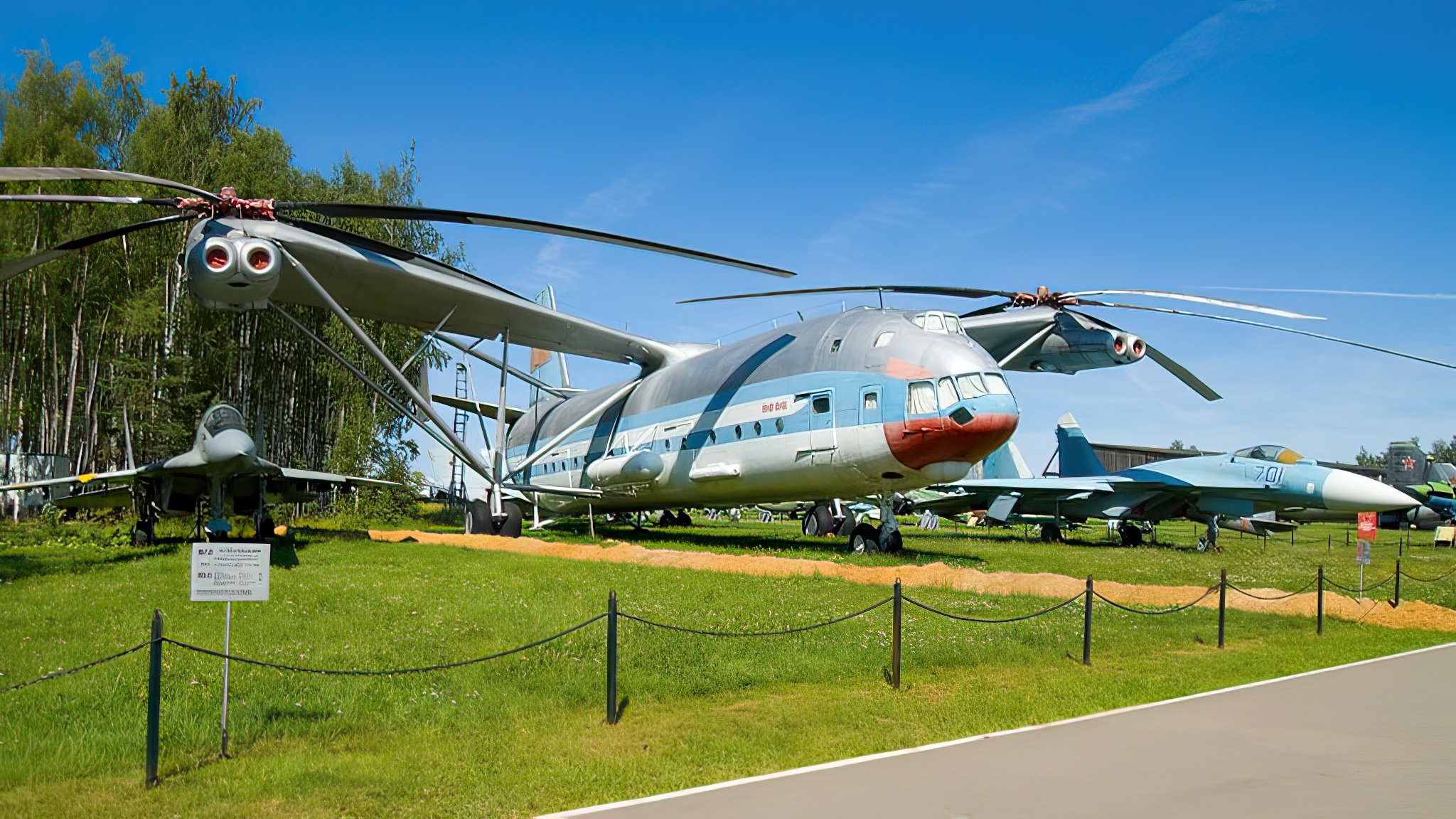
History
The Soviet Union pondered developing a helicopter with a similar payload to the sizable Antonov An-22 turboprop in the early 1960s. The helicopter, known as the Mil V-12, would have been able to gather the cargo at the site and deliver it directly to where it needed to go, but unlike the four-engine aircraft, it wouldn’t require a runway for takeoff and landing.
This enormous helicopter would have helped transport Cold War period military hardware, such as iICBMs, eliminating the need for the road, rail, or river transport. Engineers designed the helicopter to create a device with front and rear rotors akin to the Boeing CH-47 Chinook. It was never put into production, though.
Development
Turns out, building a giant helicopter isn’t as simple as scaling up a conventional design. While they initially looked at a traditional single-rotor and side tail rotor design, in the end, because of the size restrictions on the aircraft they attempted to build. They were forced to choose a transverse layout when this proved to be an impractical option. The necessity for a tail rotor was eliminated with a transverse rotor system, which had rotors installed on either side at the tips of wings, like a Bell Boeing V-22 Osprey.
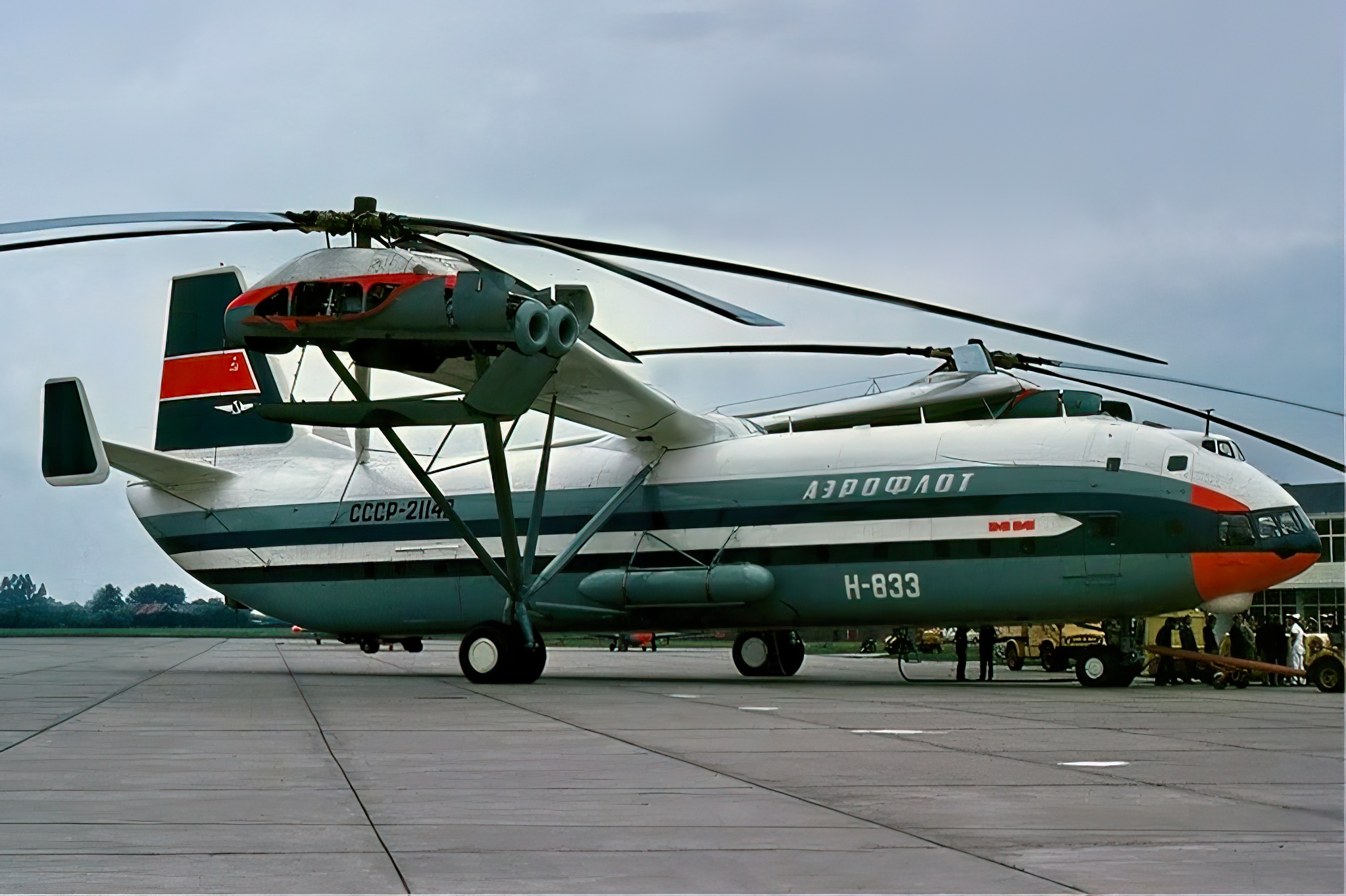
After extensive testing, the first Mil V-12 prototype’s conventional airframe with a stretched skin and high-strength metal started to be constructed. Its fuselage was 92 feet 4 inches long by 14 feet 5 inches wide. The pilot, co-pilot, flight engineer, and electrical engineer were housed in the lower cockpit in front of the two-story cabin and crew compartment. The navigator and radio operator was using the upper part during this time.
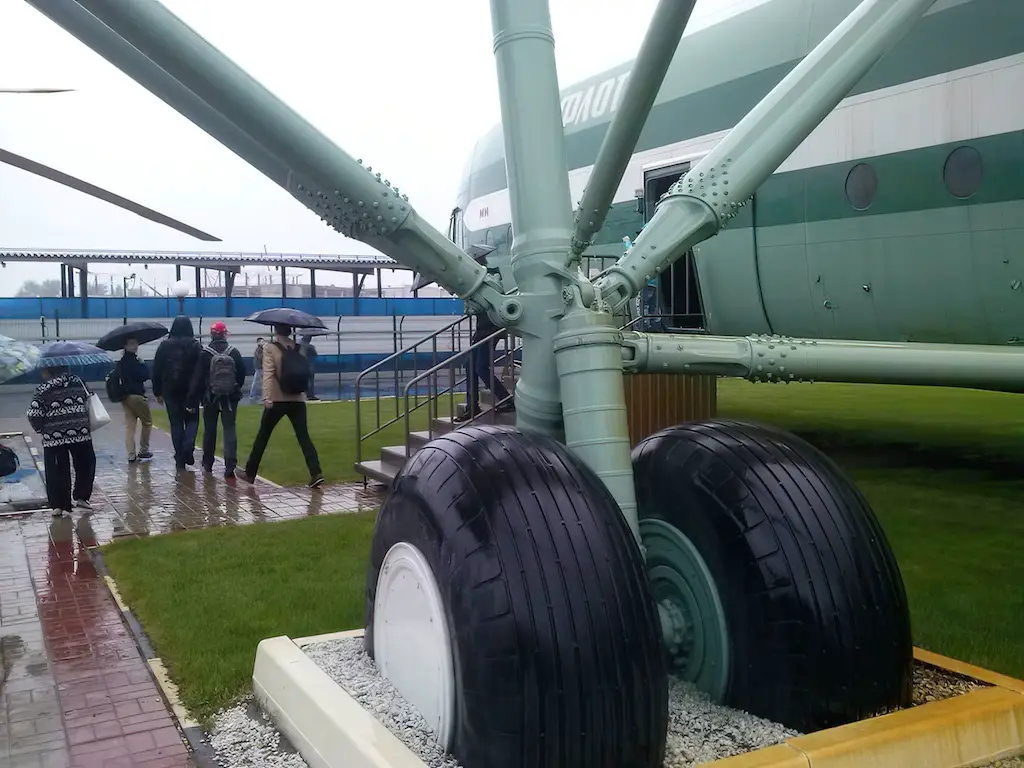
The prototype is revealed
The helicopter had clamshell doors and a drop-down cargo ramp at the back of the craft. The cargo space was also accessible through side doors in the fuselage. In addition, a small tailfin was located over the rear of the fuselage. Two Soloviev D-25VF turbo-shaft engines, built to drive the 115-foot rotor blades, gave the helicopter power. The Mil V-12’s first flying prototype took place in 1968.
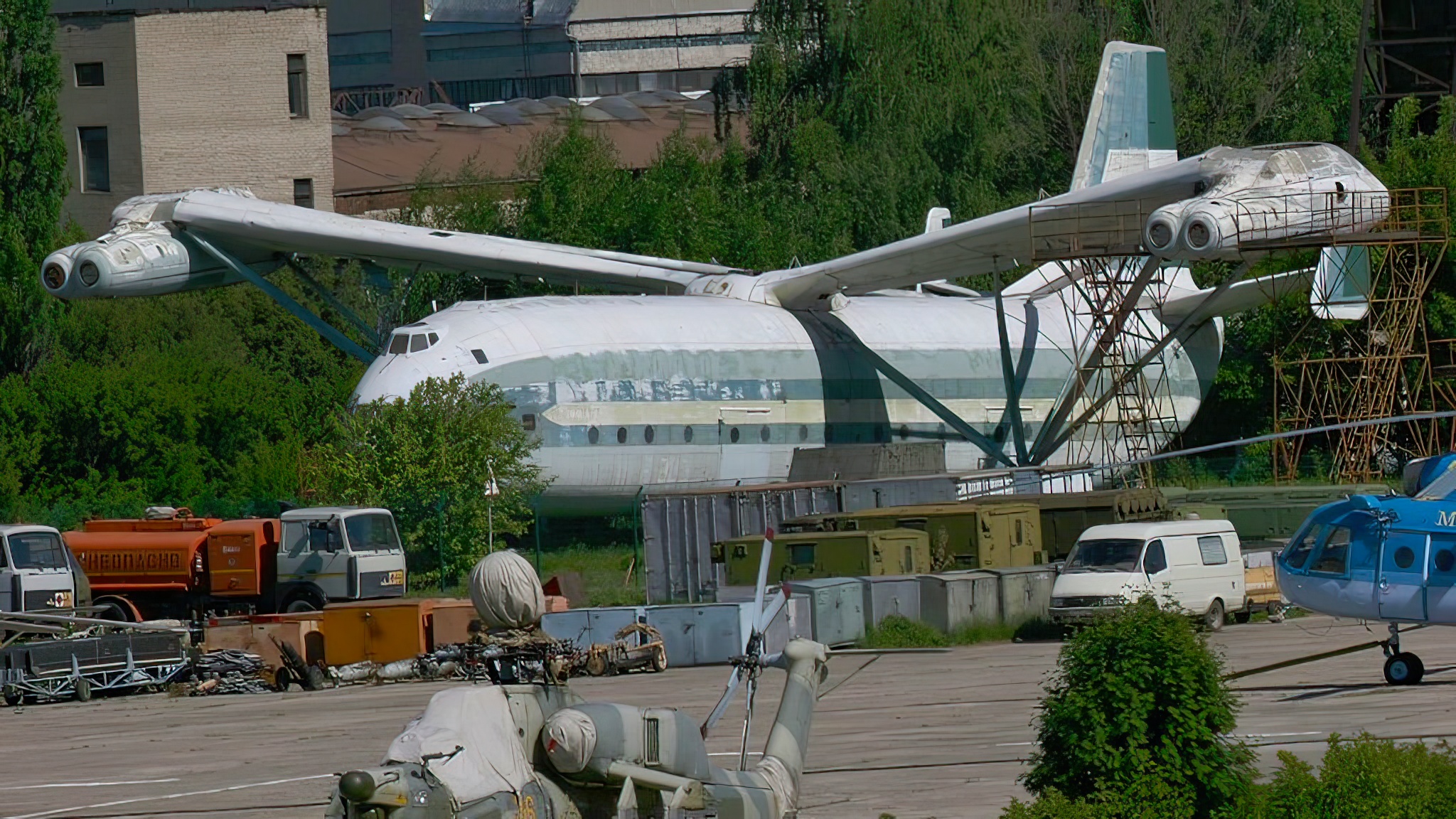
At the 1971 Paris Air Show, the second prototype was made public to the western world. Its reporting monicker is “Homer,” according to the North Atlantic Treaty Organization (NATO). The Mil V-12 made history by breaking two load-carrying records. It raised 31 tonnes to a height of 9,682 feet in February 1969 and 40,2 tonnes to 7,398 feet in August of that same year.
Passenger Version?
Although the Mil V-12 was primarily intended for use as a military aircraft, developing a passenger-carrying model for Aeroflot was also considered. To give you an idea of how enormous the helicopter was, a two-class Airbus A321neo could have fit 196 passengers on board if a passenger version had been developed.
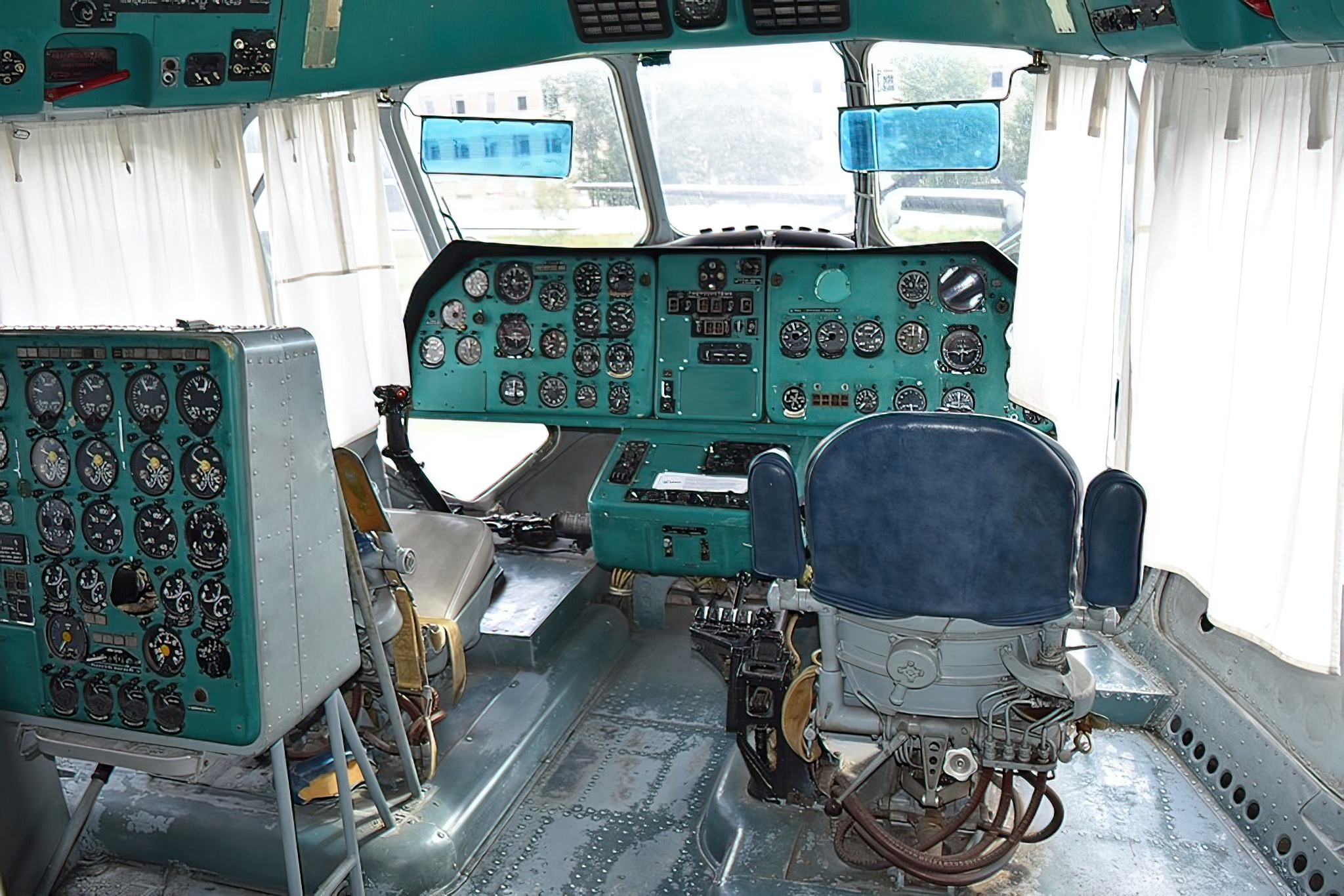
The Mil V-12, according to engineers at the Mil Design Bureau, would be especially helpful for mining and logging activities in isolated areas of Siberia with little to no road access. However, the Soviet Union no longer required the quick deployment of ICBMs by the time production was ready to start.
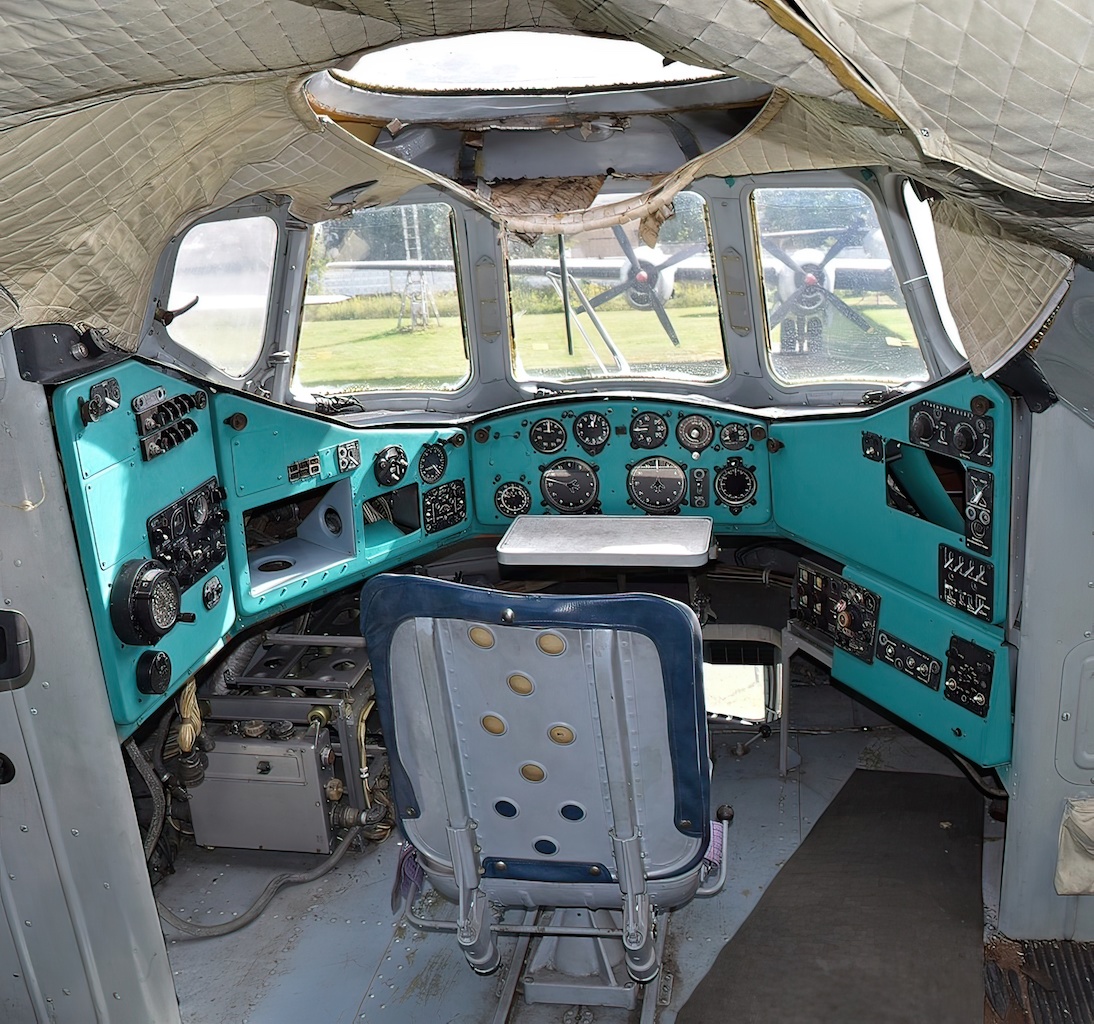
Other Feats
The Mil V-12 set six more records during its brief operational history in addition to the two that were already listed. Four of these are still in effect today. The maximum height attained with payloads of 15, 20, 25, 30, 35, and 40,000 kg made up the six other records. The first four were reached on a flight in February 1969 to a height of 9,682 feet; the other two were established in August of that same year at 7,398 feet.


